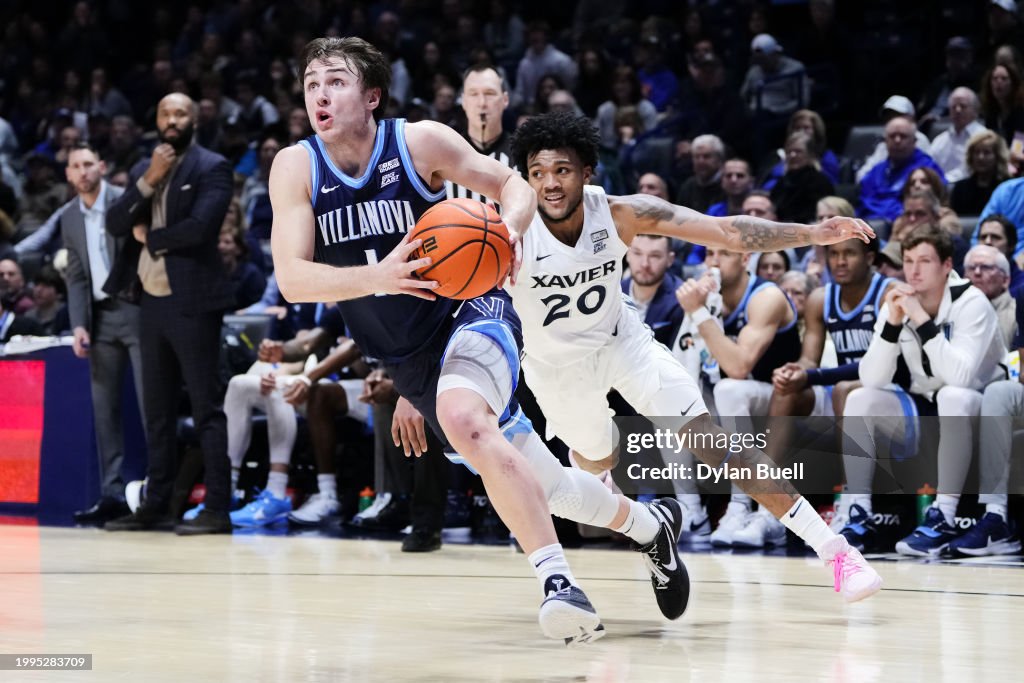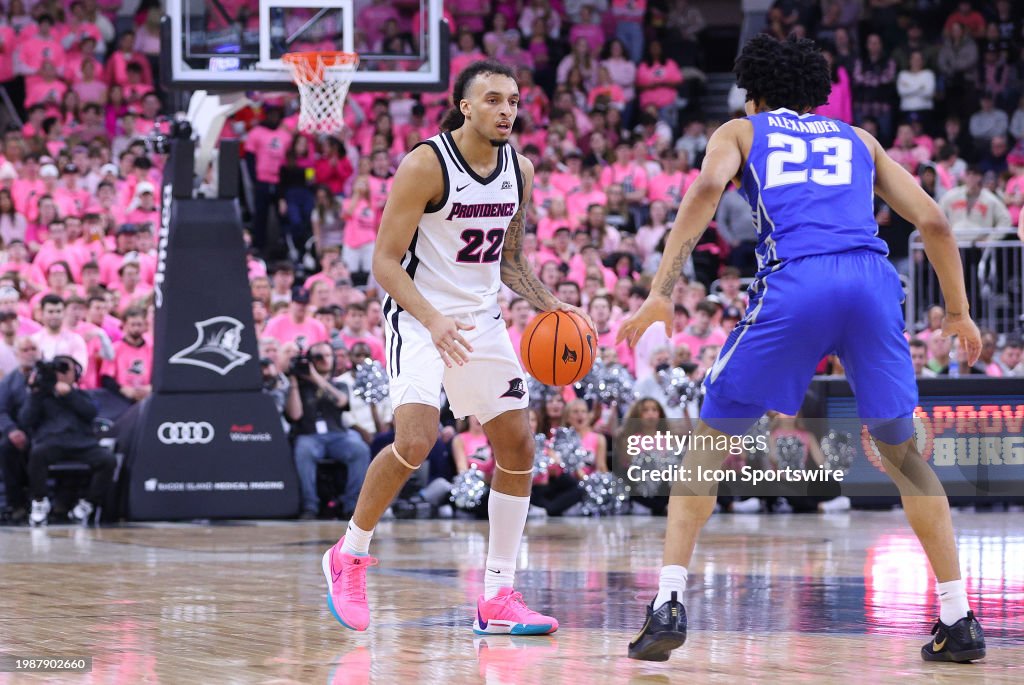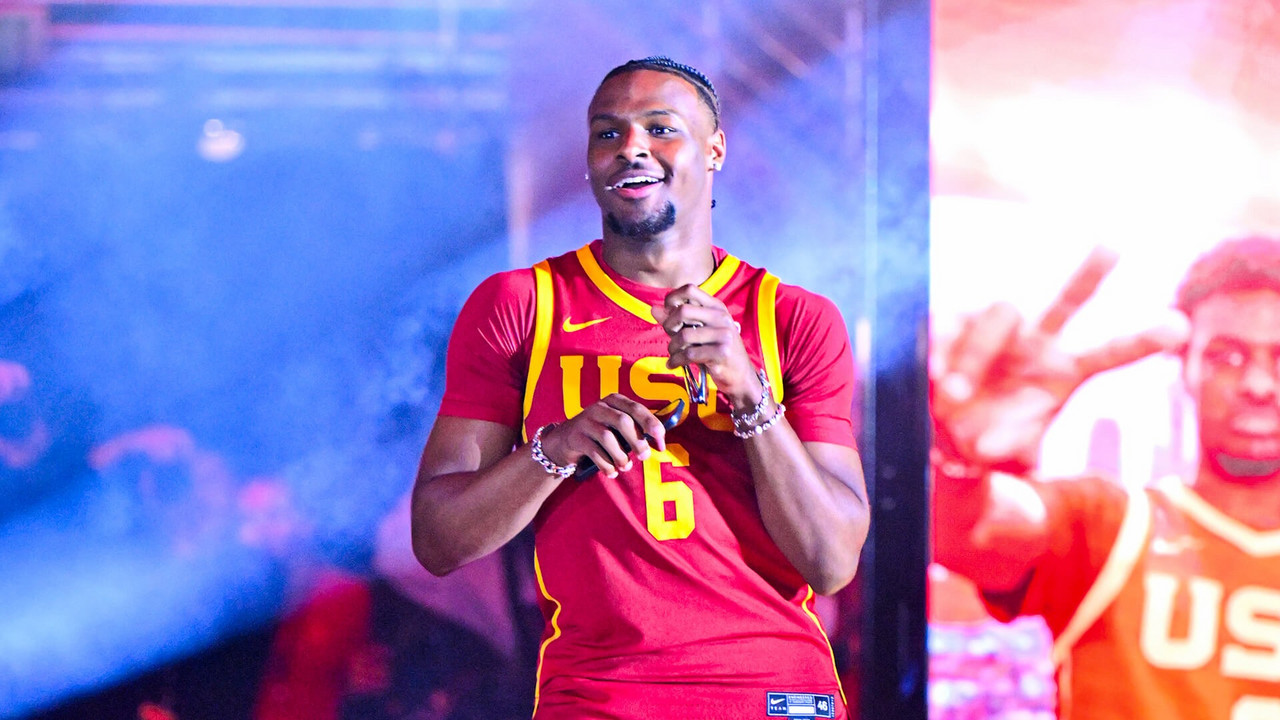Completing the journey to the NBA is a desire and goal that the vast majority of aspiring hoopers share. This journey is one that, in the basketball world, has been glorified and continually praised over time. The National Basketball Association is a league that many other organizations around the world try to match and mimic.
The NBA compiles rosters of the best of the best basketball players from around the world. However, I find it extremely important to take a closer look at the different routes that athletes have at their disposal, that they choose from in hopes of completing their own journey to the NBA. The most common route taken by basketball players that eventually make the NBA, (amongst which the majority come from the US), is to take the college route and commit to playing Division 1 basketball in the NCAA at a top school in the country.
There are other plausible routes such as playing in other professional leagues internationally, or even locally such as in the NBA G-League. As mentioned, the college path is the most commonly and frequently selected route amongst NBA talents. Many positive takeaways can be attributed to attending and representing a top college as a student-athlete, but I also believe that there are many unfortunate downsides to taking this path, too.

Why is the College Route a Good Idea?
First, I’d like to quickly make the case for why the college route is a great option for aspiring basketball players. Firstly, this allows players to remain in the US, (or come to the US), which is the best place to be in regards to making a name for yourself and gaining hype and attention from the general public, and in turn potentially executives.
Furthermore, this allows the athlete to adapt to certain cultural and societal practices and norms that exist within the United States,, further enabling them to use these customs to their advantage in implementing themselves into the community if they have not already.
The main difference I find when comparing the college route (in the US) to the other possible options that athletes have (playing abroad internationally) is that the sports culture in the United States, and therefore in the NCAA and NBA, has extremely excessive approaches to social media coverage and presence. Athletes’ highlights are always recorded and compiled into mixtapes and highlight reels, and their plays are posted all over social media across several platforms for fans to see. The public’s opinion and perception of the athletes’ short-term and long-term performances are subject to continuous change. This dynamic allows for fans to hold a lot of control over the reputation and respectability that players are attached to throughout their careers, both prior to and after making the NBA.
Despite this excessive publicity also resulting in some unwanted outcomes (which I will be discussing later), it is also a tool for these athletes to utilize in making a career for themselves. First of all, this publicity allows players to perform well and leave their names in the mouths of fans and executives all around the world.
This media coverage allows for a player’s character to develop and for this character to be put on display for people to see and become familiar with. Fanbases begin forming bonds and relationships with given players, and this allows for a more stimulated and healthily progressive environment for all respective stakeholders to grow together within. Athletes striving for the NBA must learn to value their off-the-court presence too, and serve as true role models for the millions of fans looking up to them and idolizing them, many of which are children and youth members.
Moreover, the publicity gained can open doors to potential brand deals, sponsorships, bigger contracts, and just generally a lot of money, which gives athletes an additional incentive in developing a healthy image for themselves and their brand.

Where Does the College Route Go Wrong?
It is also important to discuss the possible negative implications that taking the college route entails, as I believe that its downfalls are under-acknowledged and often quite easily dismissed by many in the current day, which is only hurting the players more.
It has become completely normalized and widely accepted within the US and amongst US-sport spectators that an athlete’s personal life and professional life may and can be mixed. This is where the excessive publicity can become extremely toxic. Reporters are prompted to detail and publicize any information, regardless of whether it could possibly offend or hurt the individual’s image. Some matters that occur within athletes’ personal lives are ones that should have nothing to do with their draft stock or reputation as an athlete, yet news companies and other media conglomerates will still try to get a scoop out of it and profit off of the athletes.
For star talents in the United States, the spotlight is placed on them from a very young age. These athletes grow up and develop physically and skillfully with so many eyes always on them, and so many cameras ready to capture their every move.
I strongly believe that this subconsciously influences the aspiring hoopers into becoming more selfish in their play style, and developing more selfish mentalities altogether. This also leads to immensely toxic competition emerging amongst athletes on opposing teams, but even on the same team at times. Everyone is predominantly focused on their own personal and individual journey to the golden gates of the NBA, and this inherent mindset conflicts heavily with the team-first sentiment that many all-time franchises have accredited their success to.
Should Players Stay Out of the Spotlight?
It is not a secret that team-basketball is the most efficient and productive approach to performing and succeeding in the NBA. Despite the fact that many aspiring athletes are aware of this, I believe that the already existing dynamic of social media presence in the realm of basketball is pushing athletes in the wrong direction; prioritizing their short term success (making it to the NBA), but never really their long term success (playing a lengthy, healthy, and unproblematic career). The newer generations of players are definitely becoming increasingly skilled, and that progression is not even slightly questionable.
The US is up there as a nation that breeds arguably the best basketball talent. However, the selfish “in the spotlight” mindset that these skilled players are growing up with is what is holding them back from accomplishing so much more. Basketball players who grow up or develop in Europe, for example, play some of the most difficult competition in the world, whilst also learning to prioritize team-building and chemistry, to allow for a healthier environment for the team to flourish in. It is far more of a team-focus, in comparison to the self-focused approach that is indirectly promoted in the US.
That is why we see many international players coming to the NBA and excelling in their own role, regardless of its size or importance. They have been taught from young that as long as you are contributing to the team’s success, the different roles everyone plays and the sizes of their importance become far less significant.
The culture of media coverage in the US, specifically when discussing basketball, currently exists to be one of growing irony to me. Players work so hard to impress the scouts, dazzle the fans, and create an online persona for themselves to flourish in.
Modern day talents know more than ever, the amount of effort that is required and expected to make the league. Unfortunately though, as a result of the individualistic nature of basketball media in the US, players' mindsets and maturity are often what hold them back from achieving more success over a longer period of time.

